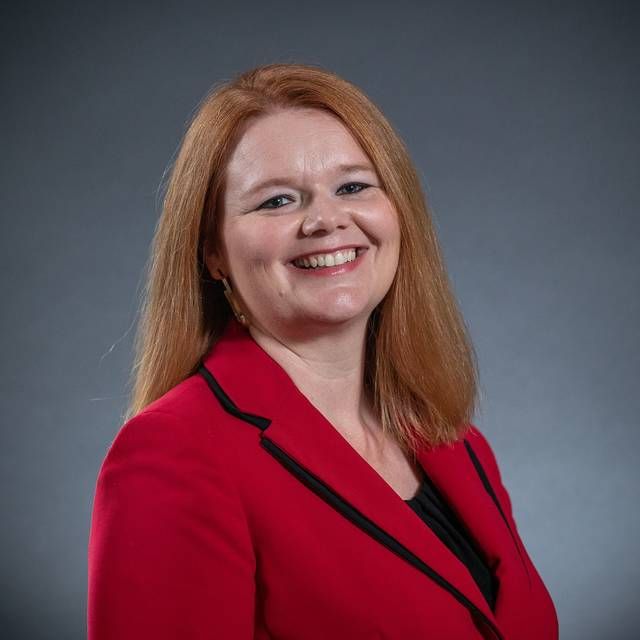Click here to subscribe today or Login.
Half of Luzerne County voters who cast ballots in the last November 2018 general election picked the straight-party option — touching one box to select all candidates from their chosen party without the need to make individual choices in each race.
This percentage — the highest in recent memory — is of interest because Gov. Tom Wolf must sign or veto a bill that eliminates straight-party voting. This bill package also provides up to $90 million Wolf wants to help counties purchase new paper-trail voting machines as mandated by his administration.
Most states have eliminated straight-party voting. The idea of picking one box has long riled critics who argued selections should be made individually.
David Sosar, a political science professor at King’s College in Wilkes-Barre, said voters who choose the option typically are “diehards” loyal to their party ticket, although he’d need to perform more research to conclude why the percentage was so high last year.
“You still have more of that in this area than you do in a lot of other areas,” the Rice Township resident said of straight-party voting.
Over the last decade, straight-party county voting ranged from 15- to 24 percent in municipal election years — 2009, 2011, 2013 and 2015, analysis of county election records shows. It is not an option in primary elections, when voters must nominate candidates from their registered party.
Straight-party voting tends to be higher in even-numbered general election years when state and federal races are on the ballot because voters are more likely to choose candidates individually for local and regional races, officials have said.
That premise has held true here, but the closest straight-party voting came to the 2018 number was 38.5 percent in 2016, which was a presidential election year, the statistics show.
The other straight-party percentages: 2010, 33 percent; 2012 (presidential election year), 37 percent; and 2014, 34 percent.
Number crunch
Democrats and Republicans have both embraced the straight-party option.
A breakdown of the 54,010 straight-party votes in November 2018: Democrat, 25,443; Republican, 28,365; Green Party, 77; and Libertarian, 125.
In total, 109,024 ballots were cast in that election, including 55,106 Democrat, 45,901 Republican, 98 Green Party and 347 Libertarian, according to county Election Director Marisa Crispell.
Based on this turnout, the percentages of people who actually voted in each category and still selected straight party were: Democrat, 46.2 percent; Republican, 61.8 percent; Green Party, 79 percent; and Libertarian, 36 percent.
Crispell said she would not object to eliminating the straight-party option because she believes some voters find it confusing.
While more veteran voters understand the concept, poll workers routinely receive questions from some who mistakenly believe the straight-party prompt is asking them to select their party of registration as a procedural step, she said.
Sometimes these voters summon a worker, believing the electronic voting machine has malfunctioned by selecting all candidates from that party for them, she said.
“These questions tie up our poll workers and require more explanation,” Crispell said.
Her office has continued a past practice of providing a simple explanation reminding voters they can select the party of their choice if they want to vote a straight-party ballot and may still vote for individual candidates in any contest. County officials eliminated a more lengthy explanation years ago, arguing it was too cumbersome and took up too much space on absentee ballots.
The county’s electronic voting machines log all straight-party totals, but there’s no way to determine how many of these voters ultimately changed any of the automatic selections before casting their ballots, Crispell said.
It’s unclear how many voters choose straight party statewide because that number is not tracked or included in mandatory reporting by county election offices, according to the Pennsylvania Department of State.
Sosar said he does not believe state elimination of the straight-party option will make a significant difference because voters can still exclusively select candidates from their party one by one.
County Manager C. David Pedri declined to enter the debate on straight-party voting but said he has urged state leaders to provide funding for new voting machines, which are estimated to cost $4 million here.
“If it’s so important that we purchase these new machines, I believe the state should provide some funding,” Pedri said. “We are not in the position of some counties that have a huge reserve. Our budget is very tight.”





